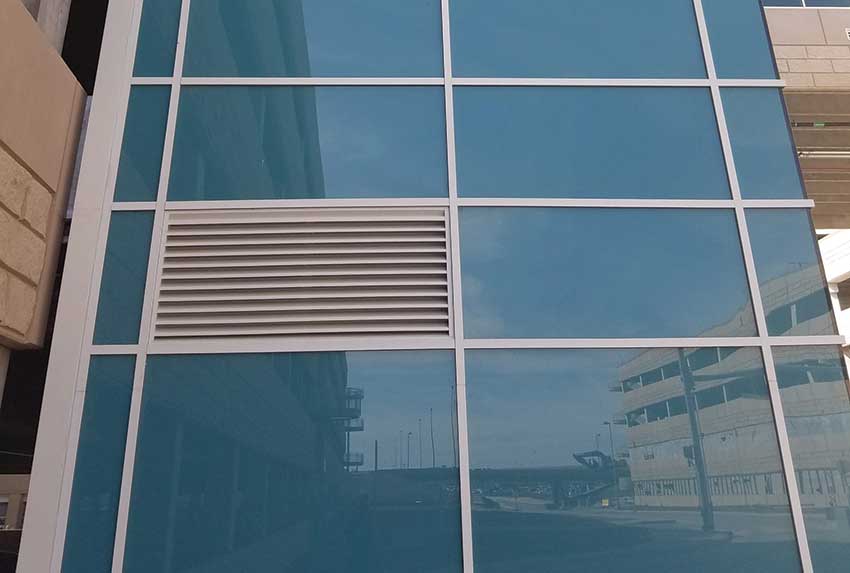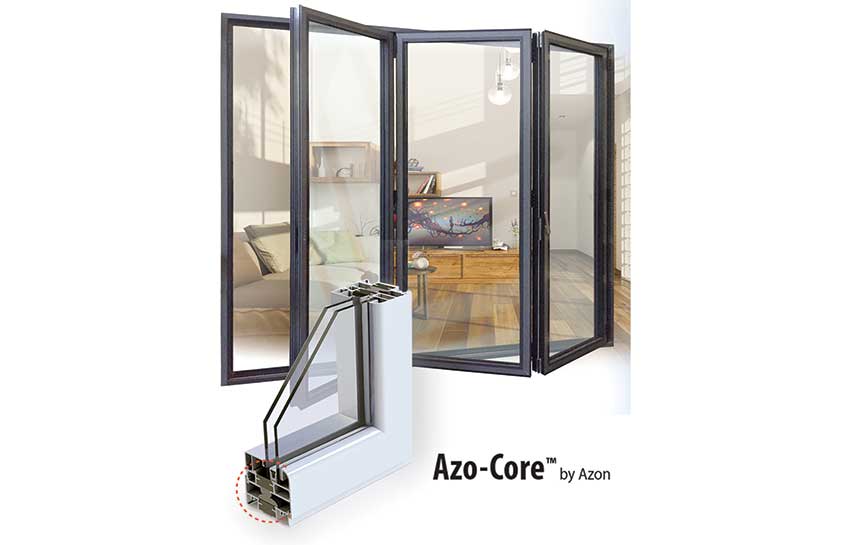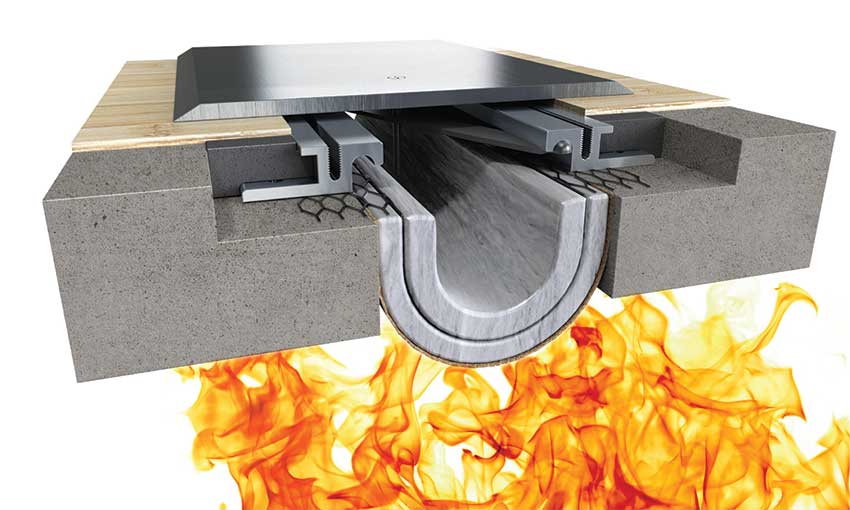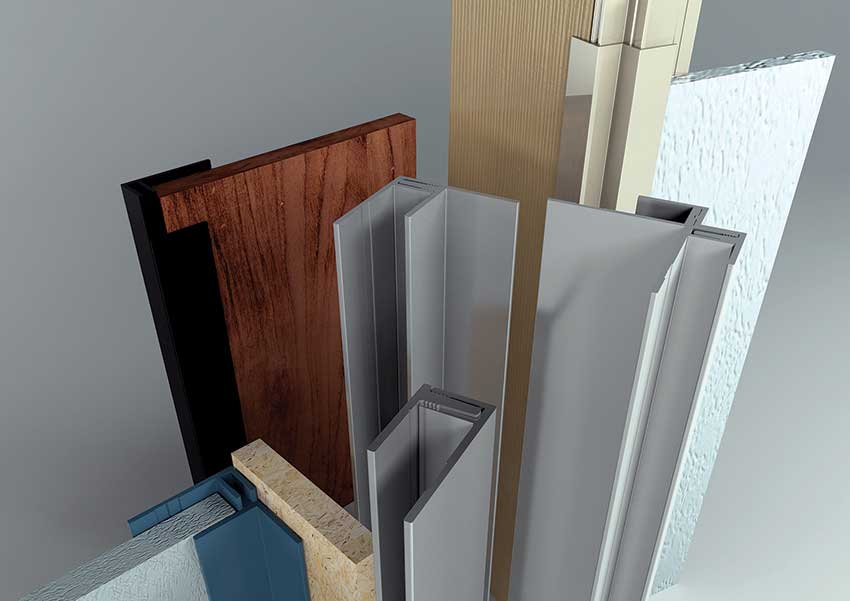More Than Skin–Creating Total Facade Designs
Tying in to Work of Other Trades
Expansion joints don’t exist by themselves; they must be tied in to adjacent construction systems installed by other trades. Besides concrete, this can include wood framing, steel decking, steel studs and joists, exterior finish systems, masonry, and even glazing systems. The challenge—and frankly, a potential failure point—is the reliance on the skilled craftsmen and women to tie their particular installation into adjacent materials and systems well. For instance, if the glazing specification and bid documents allow the glazing contractor to simply install the frame and glass and don’t demand tie-in to, say, an adjacent waterproof vertical expansion joint, it invites problems. The same thing works the other way too—if a waterproofing contractor installs the expansion joint system and doesn’t tie into the window glazing, then the seal is not complete.
Conclusion
It is entirely possible to create building facades with more design flexibility and better performance than ever before. Opaque areas can be clad using innovative systems and glazed areas can benefit from improvements in fenestration systems and architectural glass. Architectural louvers and sunshades help with airflow and sun control. Protecting the integrity of facades can be enhanced by the best selection of expansion joint systems. Overall, architects can achieve the desired performance without sacrificing design intent in building facades by staying up to date on the available materials and systems.
Notice

www.airolite.com

www.azonintl.com

www.inpro.com

www.neolith.com

www.tamlyn.com

www.vacumaxvig.com












